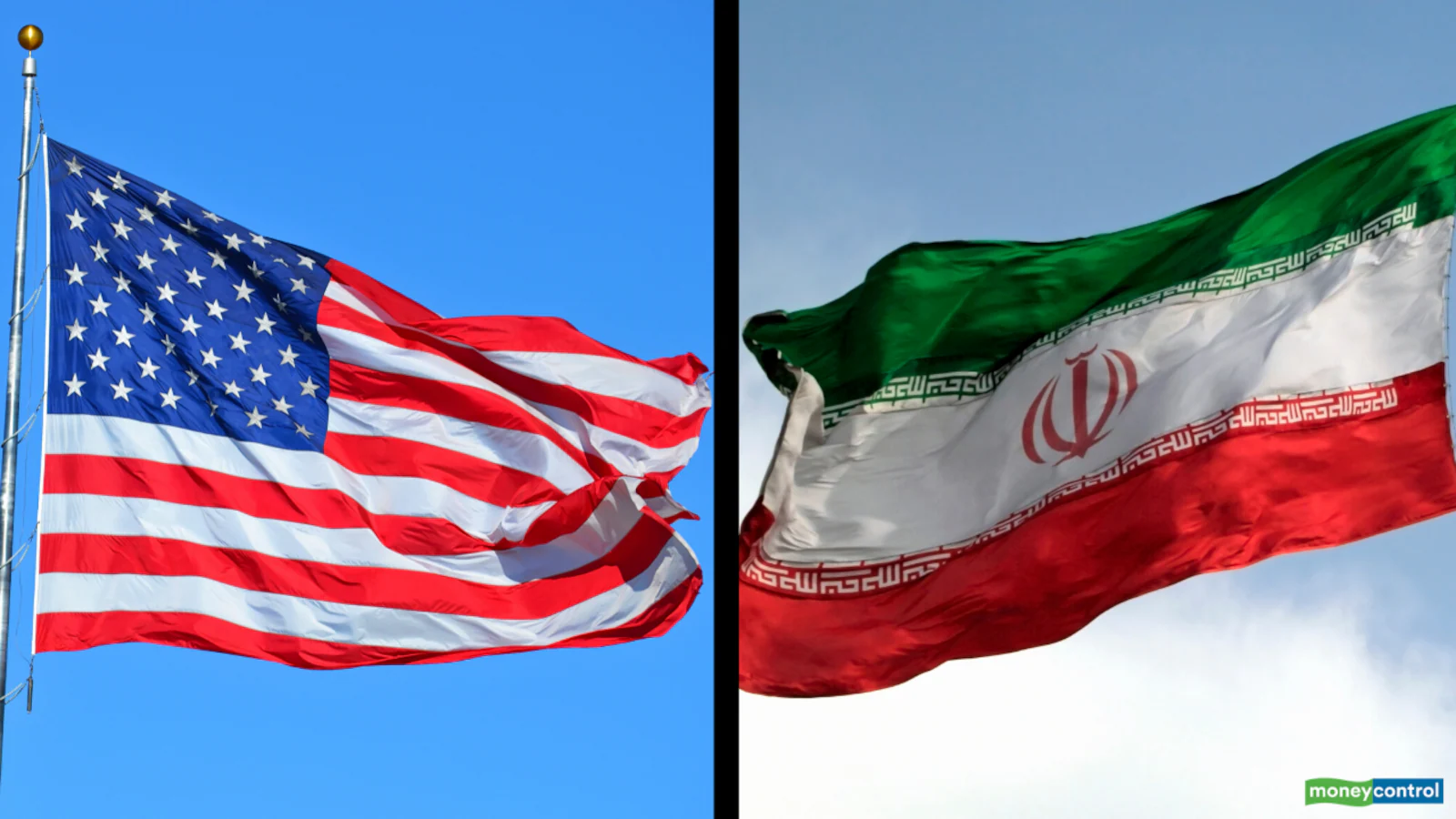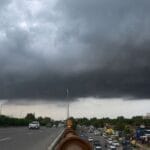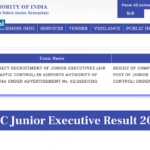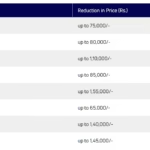The ongoing conflict between the USA and Iran stands as one of the most significant geopolitical crises of the 21st-century. From diplomatic standoffs and economic sanctions to growing military tensions, the two nations are wrestling for influence and power in the Middle East — with the world closely following their every move.
🔹 The Background — Why Are USA and Iran at Loggerheads?
The roots of USA–Iran tensions go back to 1979’s Iranian revolution, when Iran overthrew its pro-Western Shah and severed diplomatic ties with the USA. The subsequent US Embassy hostage crisis further deepened the rift, fueling suspicion and resentment.
This adversarial relationship was compounded by Iran’s growing nuclear ambitions, its support for Shiite militant groups in the region, and the USA’s strong alliance with Israel and Saudi Arabia — Iran’s two main rivals in the Middle East.
🔹 Iran’s Rising Regional Influence
While Iran cannot match the USA’s conventional military power, it holds significant influence through proxies and Shiite militant groups across the region — notably Hezbollah in Lebanon, Shiite militias in Iraq, the Houthis in Yemen, and many armed groups in Syria.
This network of Iran-backed organizations helps Iran project power, undermine USA’s policy goals, and aid its allies — adding a further dimension to their conflict.
🔹 USA’s Regional Presence and Operations
The USA maintains numerous military bases and facilities in the Middle East — in Iraq, Bahrain, Oman, Saudi Arabia, and Turkey — alongside its powerful Fifth Fleet headquartered in Bahrain.
Additionally, the USA frequently assists its allies — Israel, Saudi Arabia, UAE — with weapons, training, and diplomatic support, adding to Iran’s growing resentment. Iran view these moves as a policy of containment and aggression, fueling further conflict.
🔹 The Rising Tensions in 2025
In June 2025, tensions jumped to a new high after Iran successfully attacked several US facilities in Iraq and the Persian Gulf with drones and ballistic missiles. This attack was a response to US airstrikes against Iran’s Shiite militia allies in Iraq and Syria.
This escalation raised the alarming possibility of a larger showdown — a conflict that might spiral into a full-on regional war.
🔹 The Proxy War Dimension — Iran’s Rising Network of Allies
One of Iran’s greatest strategies for retaining power and influence against the USA is employing proxy groups. Iran’s Quds Force assists Shiite militias and organizations that carry its policy forward, adding depth and resistance.
Hezbollah, for instance, stands as Iran’s most powerful and well-equipped proxy — a force strong enough to challenge Israel directly. The Houthis in Yemen enable Iran to attack Saudi Arabia’s oil facilities and undermine its stability.
This extensive network forms a shadow army for Iran — a major concern for USA’s policy planners in the region.
🔹 The USA’s Rising Concerns — Security and Oil
For the USA, Iran’s growing power directly threatening its own strategic and energy interests. The Strait of Hormuz — a key choke point for nearly 20% of the world’s oil flow — could be disrupted if Iran decides to block it in retaliation. Furthermore, Iran’s growing capabilities pose a danger to its allies in the region — adding additional pressures on USA policy makers.
🔹 Global Impact — Rising Oil Prices and Security Concerns
If conflict escalates, global oil prices may soar, adding financial stress to many growing and vulnerable economies. Furthermore, there’s a strong concern about attacks against civilian infrastructure, growing humanitarian crises, and mass displacement in Iran, Iraq, and neighboring states.
🔹 The Future — Is There a Diplomatic Way Forward?
Diplomatic backchannels, European mediators, Oman, Turkey, and even the UAE, are currently engaged in trying to ease tensions. Some propose a new framework for Iran’s nuclear programs and a phased withdrawal of US troops from the region in exchange for Iran’s de-escalation.
While many policy experts say this is a long shot, it might be the only way forward to avoid a catastrophic showdown.
🔹 FAQs:
✅ Who started the conflict between USA and Iran?
Conflict traces back to Iran’s 1979 Islamic revolution, growing over decades due to policy differences, Iran’s nuclear ambitions, and USA’s military presence in the region.
✅ How strong is Iran’s army?
While Iran’s army isn’t a match for USA’s, its extensive network of Shiite militias, ballistic missiles, and drone technologies enable it to respond and pose a significant threat.
✅ What’s the role of Iran’s proxies in the conflict?
Hezbollah, Shiite groups in Iraq, the Houthis in Yemen, and various organizations enable Iran to project power across the region — adding a layer of conflict alongside its conventional forces.
✅ Is there a chance for peace?
Some diplomatic initiatives, mediations by Oman and Turkey, and pressure from European powers may ease tensions, but peace will remain elusive without significant policy concessions by both Iran and the USA.
✅ What’s the worst case scenario?
If the conflict spirals, it could manifest as a full-scale regional war, putting civilians’ lives at risk and affecting the stability of the Middle East and the world’s energy markets.










